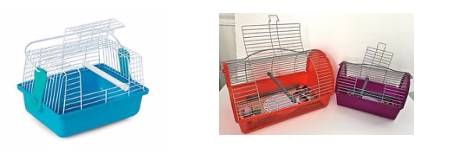Mental Wellbeing
All birds deserve to be happy. Loving your companion birds and learning to understand their needs will help you identify the things you must do to give them positive experiences and prevent them from feeling worried, upset, frightened and stressed.

Did you know that there is a special law protecting animals?
This law is called the Animal Welfare Act. The Animal Welfare Act outlines how people must take care of and act towards animals in New Zealand. The Ministry for Primary Industries (MPI), the Police and SPCA work together to make sure people in New Zealand follow these laws.
Under the Animal Welfare Act, all animal guardians (owners) are responsible for making sure the welfare needs of animals in their care are met. Learning about the Five Domains helps us to understand these welfare needs and how we can make sure we provide these. One of the Five Domains is Mental Wellbeing. In this section you will learn about this domain and how you can make sure your companion birds have positive experiences and are receiving the love, understanding and companionship they need for their mental wellbeing.













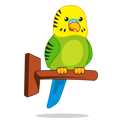



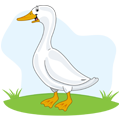

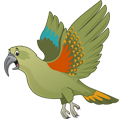

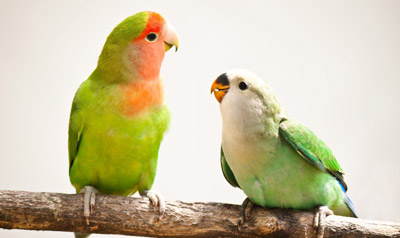
 Birds are prey animals, which means they’re always on the lookout for things that may harm them.
Birds are prey animals, which means they’re always on the lookout for things that may harm them.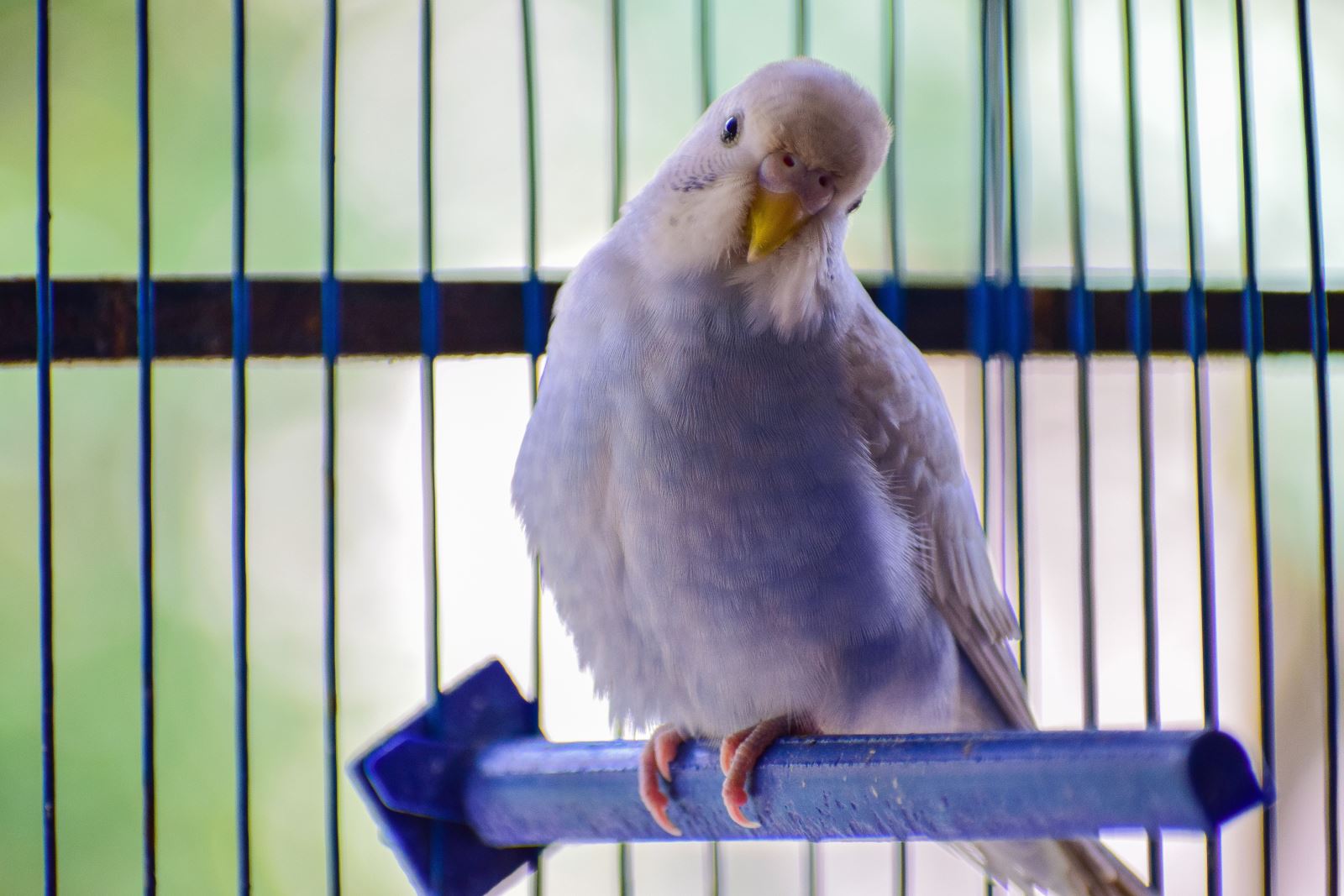 To help your birds settle in, it's really important to:
To help your birds settle in, it's really important to: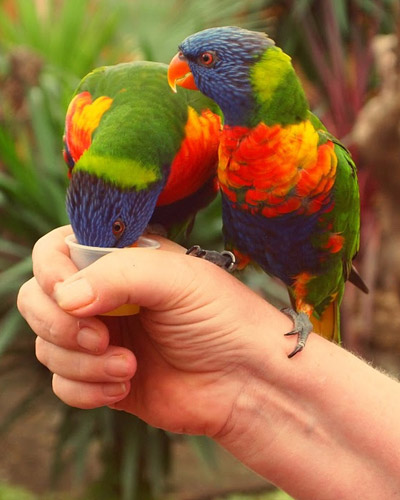 Absolutely! It's one of the best things you can do to make your bird’s life a happy and fulfilled one. Birds in the wild live in large flocks, so it makes sense that they should live with other bird friends!
Absolutely! It's one of the best things you can do to make your bird’s life a happy and fulfilled one. Birds in the wild live in large flocks, so it makes sense that they should live with other bird friends!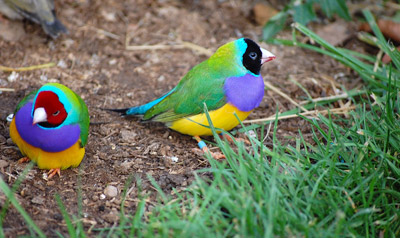 It's best to pair birds of the same species, as they understand each other's behaviour best.
It's best to pair birds of the same species, as they understand each other's behaviour best.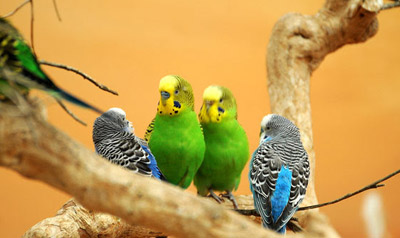 After your new birds have completed their quarantine period and been cleared of any illness, it's time to start the introductions. The most important thing is to introduce new birds gradually, first by housing them near each other in separate enclosures, and gradually bringing the enclosures closer over a few days.
After your new birds have completed their quarantine period and been cleared of any illness, it's time to start the introductions. The most important thing is to introduce new birds gradually, first by housing them near each other in separate enclosures, and gradually bringing the enclosures closer over a few days. In the wild, birds have the freedom to interact with birds they get along with and get away from those they don’t. Unfortunately, companion birds living in an aviary don’t always have the ability to get away. Imagine if you were put in a room with someone you didn’t like and you weren’t allowed out for your entire life - it wouldn’t be very fun!
In the wild, birds have the freedom to interact with birds they get along with and get away from those they don’t. Unfortunately, companion birds living in an aviary don’t always have the ability to get away. Imagine if you were put in a room with someone you didn’t like and you weren’t allowed out for your entire life - it wouldn’t be very fun!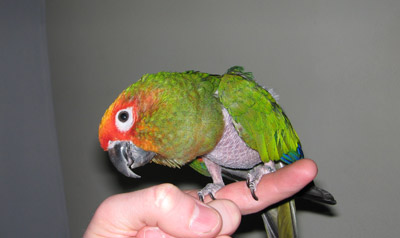 Birds in the wild are always on the go, foraging for food, finding mates or even avoiding predators. Companion birds are lucky in that they always have food available and a safe place to sleep, but this can make their life a little boring.
Birds in the wild are always on the go, foraging for food, finding mates or even avoiding predators. Companion birds are lucky in that they always have food available and a safe place to sleep, but this can make their life a little boring.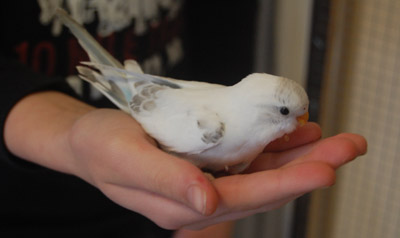 Some types of birds are easier to train than others. Hand raised parrots and parakeets (e.g. Budgies and Cockatiels) are easily trainable, provided you have the time and patience to spend with them. Adult birds can be extremely difficult to tame, even by experts. Gaining a bird's trust takes time. We recommend interacting with your birds daily in a positive way, so they learn to see you as a friend and companion.
Some types of birds are easier to train than others. Hand raised parrots and parakeets (e.g. Budgies and Cockatiels) are easily trainable, provided you have the time and patience to spend with them. Adult birds can be extremely difficult to tame, even by experts. Gaining a bird's trust takes time. We recommend interacting with your birds daily in a positive way, so they learn to see you as a friend and companion.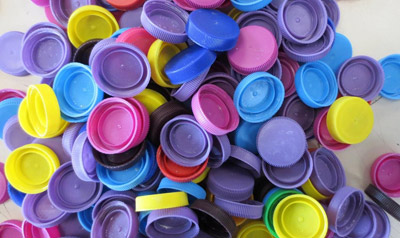 Placing treats in a brightly coloured milk bottle lid is a great way to train your bird to come to you, or go to a certain place (e.g. back in its enclosure)
Placing treats in a brightly coloured milk bottle lid is a great way to train your bird to come to you, or go to a certain place (e.g. back in its enclosure) Once you know your bird’s favourite foods, you can begin training them to “come” to you, “step up” or “fly down.” Birds feel safest up high and feel vulnerable when flying down to a lower perch. Getting a bird used to come to you (particularly from up high) is the most important thing you can train in a companion bird - it may save your birds life if they were to ever escape.
Once you know your bird’s favourite foods, you can begin training them to “come” to you, “step up” or “fly down.” Birds feel safest up high and feel vulnerable when flying down to a lower perch. Getting a bird used to come to you (particularly from up high) is the most important thing you can train in a companion bird - it may save your birds life if they were to ever escape.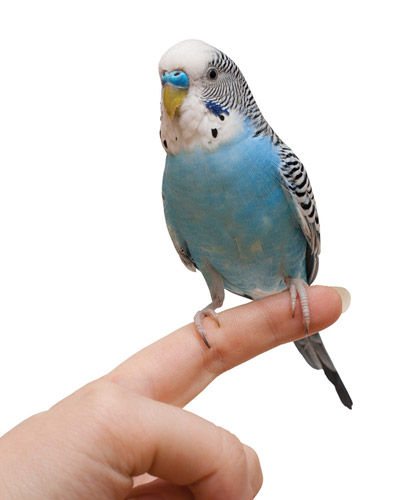 Place your hand (or a small perch if you are worried about your bird's beak) between your bird and yourself. Reward your bird with a treat every time they get closer to stepping up on your hand (or perch).
Place your hand (or a small perch if you are worried about your bird's beak) between your bird and yourself. Reward your bird with a treat every time they get closer to stepping up on your hand (or perch). There will be times when you may need to look at your bird more closely, such as for health checks. Birds are prey animals and can easily become stressed (or hurt) by being handled. Tame birds can be taught to “step up” on your hand, which is a great time to check them over for any health problems.
There will be times when you may need to look at your bird more closely, such as for health checks. Birds are prey animals and can easily become stressed (or hurt) by being handled. Tame birds can be taught to “step up” on your hand, which is a great time to check them over for any health problems.